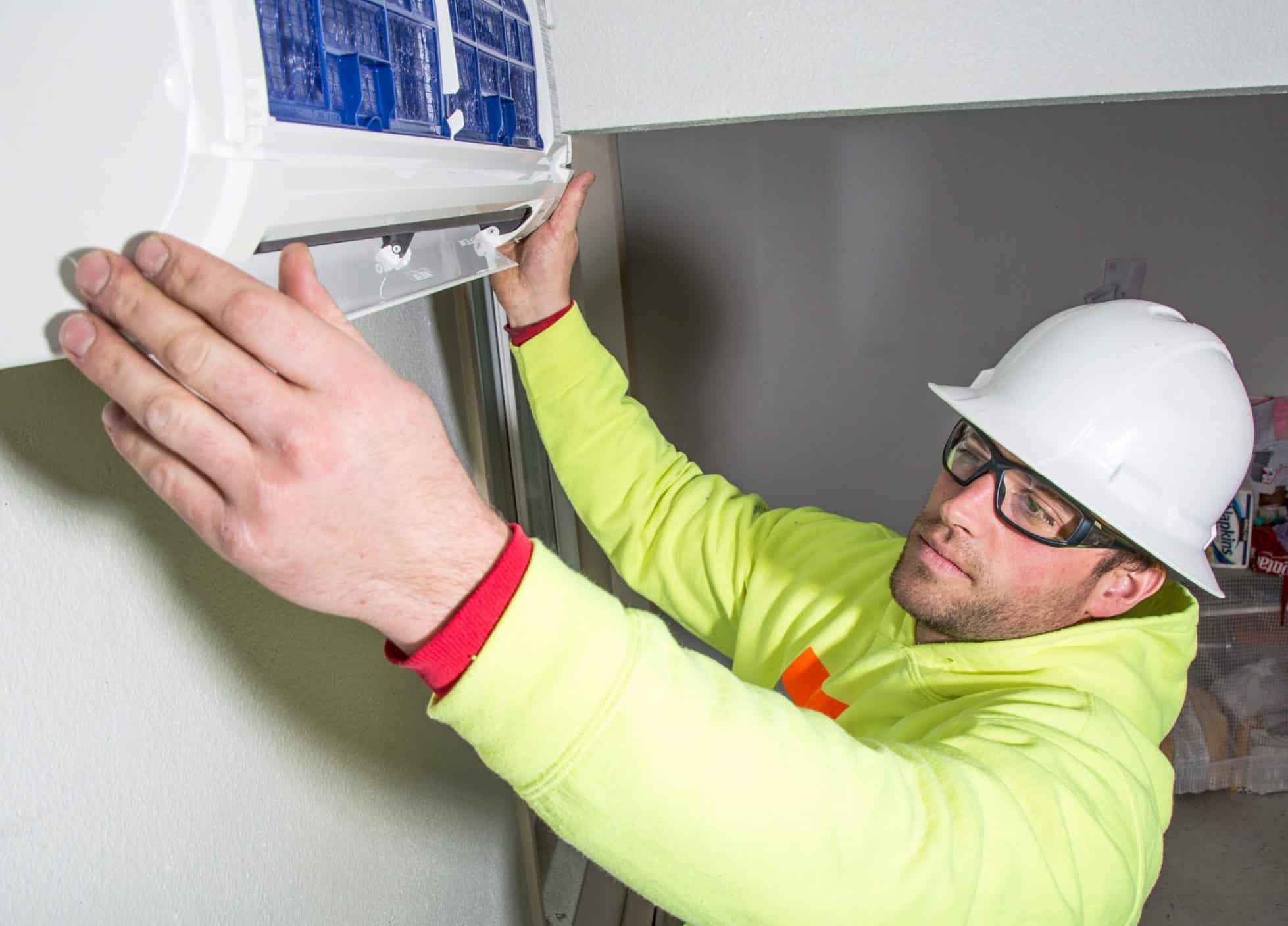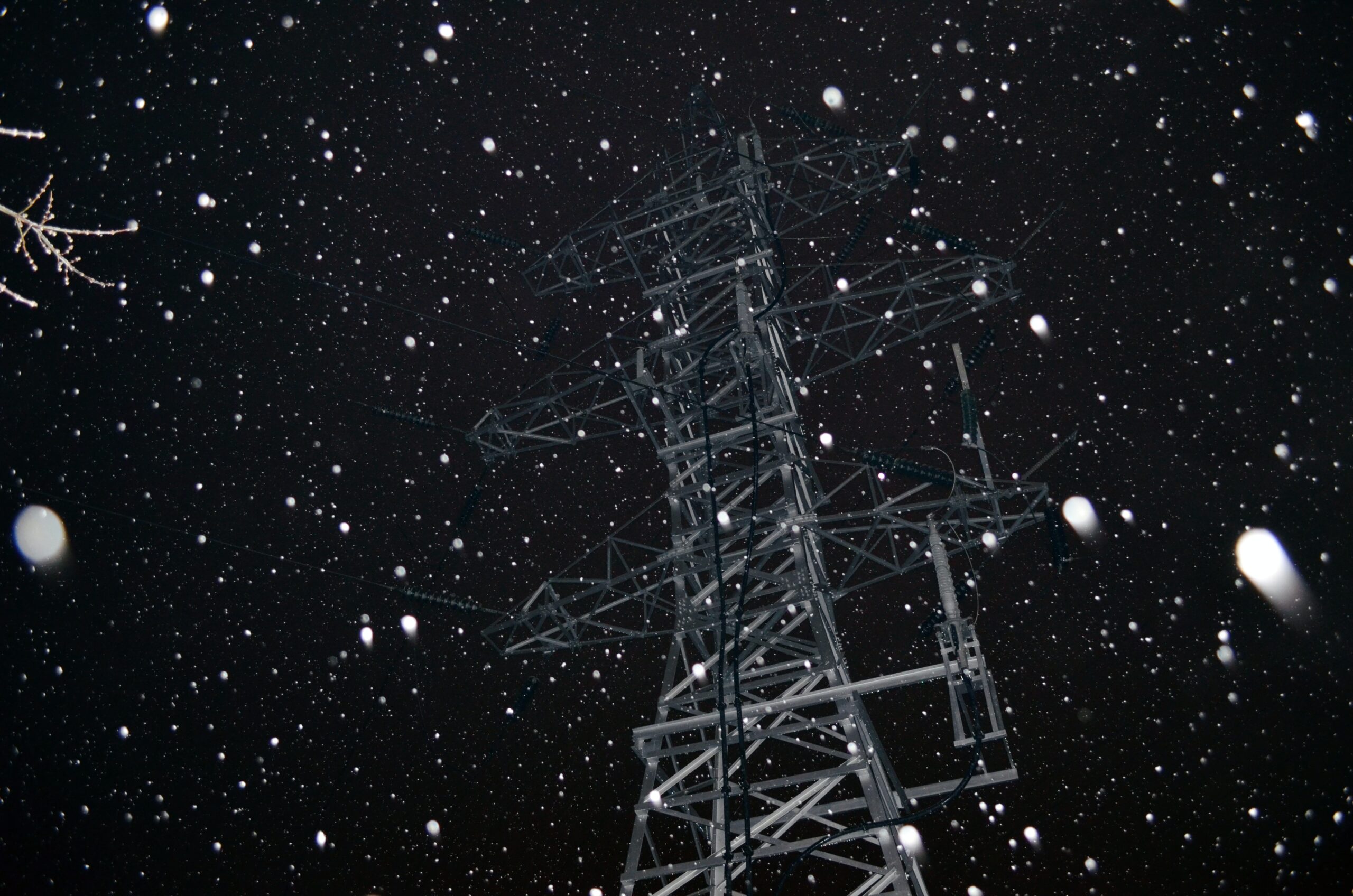By partnering with local governments to leverage massive new federal grants, TVA can re-embrace efficiency and end Tennessee's status of having among the highest energy consumption in the nation.
Forest Bradley-Wright | January 24, 2023 | Energy Efficiency, Energy Policy, TennesseeEnergy Waste Drives Up Electricity Bills in Tennessee
The Tennessee Valley Authority (TVA) once promised to be a leader in energy efficiency, but in practice, the utility’s efficiency investments have never lived up to those promises. Instead, TVA relies ever more on fossil gas for power generation and has no real strategy for cutting energy waste to reduce demand for expensive power generation.
TVA ended its standard efficiency rebate programs in 2018 and now offers only minimal funding for low-income weatherization. But its prolonged history of underinvestment in more comprehensive energy efficiency offerings goes back much further and is creating a cascade of consequences for its customers and the utility system as a whole. This lack of energy efficiency investment over time leads to excessive energy waste and, you guessed it, higher energy bills. In 2021 residential customers in Tennessee consumed nearly 25% more electricity per month than the national average – making it once again the second highest state for residential electricity consumption in the country, after Louisiana. High electricity use drives up monthly bills, creating serious problems for families who are least able to handle the additional financial strain. This is especially true for residents of apartments and other multifamily housing, who typically have little to no ability to address inefficiency in their homes.
New Federal Funding Creates Boost for Efficiency Investment
TVA, Local Power Companies (LPCs), and municipal governments in Tennessee now have a unique opportunity to substantially expand the deployment of energy efficiency for those families who need it most by leveraging new federal funds coming available through the Bipartisan Infrastructure Law (BIL) and Inflation Reduction Act (IRA). One of many new and expanded areas of federal funding for energy efficiency, the Department of Energy’s Weatherization Assistance Program (WAP), will help low-income households cut energy waste and improve the health and safety of their homes. The Tennessee Housing Development Agency (THDA) has recently received an additional $66 million to be spent over the next five years through this program, creating a huge opportunity to positively impact low-income communities.

Opportunities to Prioritize Efficiency for Multifamily Affordable Housing
While this funding boost is encouraging already, even more exciting is that it appears the THDA is considering investing a significant portion of these new WAP funds in multifamily affordable housing – which has historically been underserved by the WAP program (nationally, as well as locally). Overcoming the barriers that typically prevent multifamily affordable housing from being made energy efficient would be a major accomplishment on its own since it will mean lowering energy bills for typically hard-to-reach renters. But there are also significant economic advantages to investing efficiency dollars in multifamily rental properties, including:
- multifamily apartments have smaller square footage on average compared to single-family homes, thereby reducing per-household labor and material costs
- servicing many apartments at once creates economies of scale that further reduce costs
- rental property owners can provide a cost-share, defraying project costs and enabling deeper retrofits, and
- these projects can typically leverage other financial resources such as tax credits and utility efficiency rebate programs.
That last bullet, of course, brings us back to TVA. It is long past time for the utility to ramp up its investment in utility energy efficiency programs, and doing so now could yield benefits at an unprecedented scale, given this new complementary federal funding opportunity.
More Efficiency Lowers Costs, Strengthens the Grid for Everyone
The rolling blackouts that recently swept through the Valley during Winter Storm Elliott were just the latest reminder that continued failure to invest in energy efficiency can have devastating consequences when power consumption demands are pushed to the max. Increased funding for WAP is just one of the opportunity areas TVA, LPCs, and municipal governments can leverage to drive efficiency savings – thereby increasing utility grid reliability, while at the same time lowering customer bills and avoiding the need for ever more expensive new power plants.
There are two ways utilities might respond to the large infusion of federal funding for energy efficiency:
- Ignore the potential for new savings and continue to double down on the construction of expensive new power plants, or
- Lean in and expand investment in energy efficiency, while leveraging these new federal dollars to the maximum on behalf of utility customers.
The tremendous array of benefits from expanding efficiency include:
- lower electricity bills customers
- reduced energy burden for low-income households
- reduced need to build expensive new power plants
- reduced use and reliance on fossil fuels
- lower carbon emissions
- increased utility system reliability
- reduced power outages during major weather events
- local job creation
- increased local spending and retained wealth, and
- increased comfort, health and safety in our homes
SACE has long promoted these benefits in our policy work, but with the influx of new federal funding we are increasingly turning our attention to how local communities can pursue and leverage both federal and utility energy efficiency dollars together to bring maximum benefits to their local communities.
Partnerships are Key to Securing Competitive Efficiency Funding
Expanded funding for WAP is just one of many areas of new federal spending on energy efficiency. There are also tax credits and rebates, and perhaps most important at this time: competitive grant opportunities.
The new competitive grants from DOE, EPA, USDA, and HUD could bring hundreds of millions of dollars to Tennessee for efficiency upgrades to individual homes, multifamily affordable housing, and local businesses. The first of the forthcoming funding opportunity announcements are expected to be released within a month, and others will come out this spring and summer, going all the way into early 2024.
The only way to win these competitive grant funds, of course, is to apply. Which is why TVA should be working closely with its local power companies, non-profit organizations, and state and local government agencies to aggressively pursue these once-in-a-generation funding opportunities. Making a historic investment in energy efficiency for Tennessee’s electricity customers means lower bills for all – and a stronger more reliable utility system.
Let’s not allow this opportunity pass us by. Now is the time to forge partnerships and plan ambitious new energy efficiency programs. To capture this historic opportunity, there really isn’t a moment to lose.
